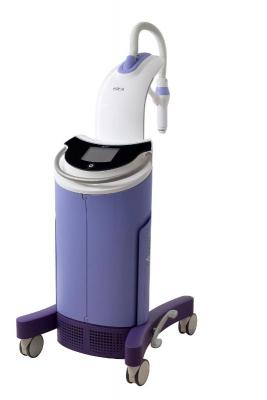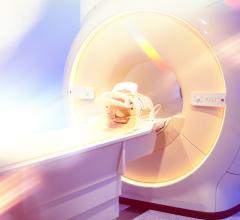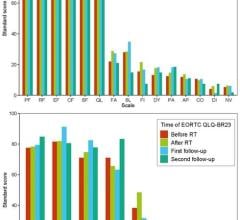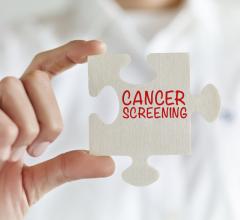
January 16, 2017 — On Dec. 8, 2016, a female patient in her 60s became the first in the Australia/New Zealand region to receive electronic brachytherapy to treat her skin cancer lesion, a basal cell carcinoma on her nose. Radiation Oncology Centres (ROC) physicians in Brisbane used their new Esteya electronic brachytherapy system from Elekta to deliver the patient’s first of six non-invasive treatments. Esteya is a form of high dose rate (HDR) brachytherapy that applies high-precision radiation therapy directly to the cancer site, reducing radiation to surrounding healthy tissues.
“This first treatment took just 2.5 minutes and the patient tolerated the procedure very well,” said Mike Poulsen, M.D., radiation oncologist at ROC. “She will have just five more therapy visits to complete the treatment, a much quicker course than conventional radiotherapy.”
ROC, part of the Icon Group, is Queensland’s largest provider of radiation therapy services and among Australia’s fastest growing. ROC acquired Esteya in October and the center’s clinicians have been eager to put the system to use in a region with the world’s highest incidence of skin cancer.
“Non-melanoma skin cancers are the most common cancers in Australia and skin cancers account for around 80 percent of newly diagnosed cancers in the country,” Poulsen noted. “About two in three Australians will be diagnosed with skin cancer by the time they are 70, with more than 750,000 people treated for one or more non-melanoma skin cancers in Australia each year. In Queensland alone, over 350,000 non-melanoma skin cancers are treated annually, so the need for skin cancer treatments is great.”
According to Poulsen, Esteya gives suitable patients a good alternative to surgery.
“Our current radiation treatment for skin cancers uses electrons generated from a linear accelerator. While this treatment is very effective for larger skin cancers, it is not ideal for small, superficial lesion,” he explained. “This is where Esteya will be very useful to treat early skin cancers. The advantage of Esteya is that it uses very low energy X-rays, allowing more of the surrounding tissues to avoid unnecessary radiation. The advanced integrated Esteya software also makes treatment delivery extremely safe.”
Esteya treatments are usually given over six to 10 treatment sessions divided over 2-3 times per week, each session lasting just a few minutes. The treatment is typically painless and well tolerated.
In addition to practical reasons such as lesion size, many non-melanoma skin cancer patients may wish to avoid surgery for medical or cosmetic reasons. Esteya provides these patients with an attractive alternative, Poulsen added.
“Ideal candidates for Esteya treatment are older patients, a population in which skin cancers are common,” Poulsen added. “The treatment may also be used for high-risk skin cancers post-surgically to reduce the risk of recurrence locally. This may allow the patient to avoid re-excision of the lesion.”
Another critical advantage of Esteya for the multi-center ROC is the system’s compact size.
“Esteya is extremely compact and portable,” he noted. “This has the potential for the machine to be moved to some of our regional centers, which currently aren’t able to access superficial radiation treatment.”
For more information: www.esteya.com


 March 28, 2024
March 28, 2024 








